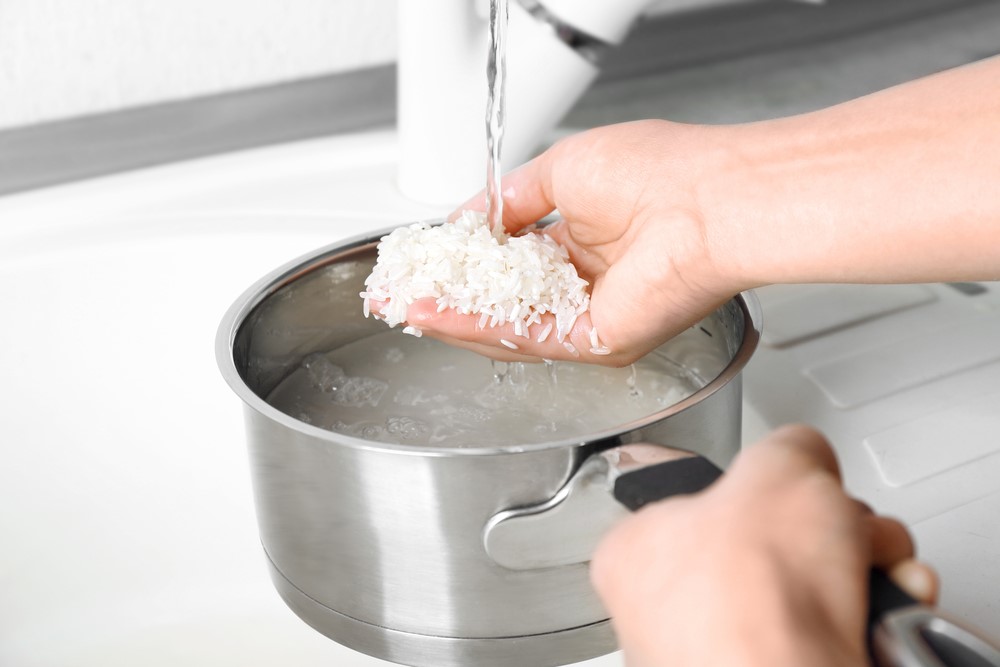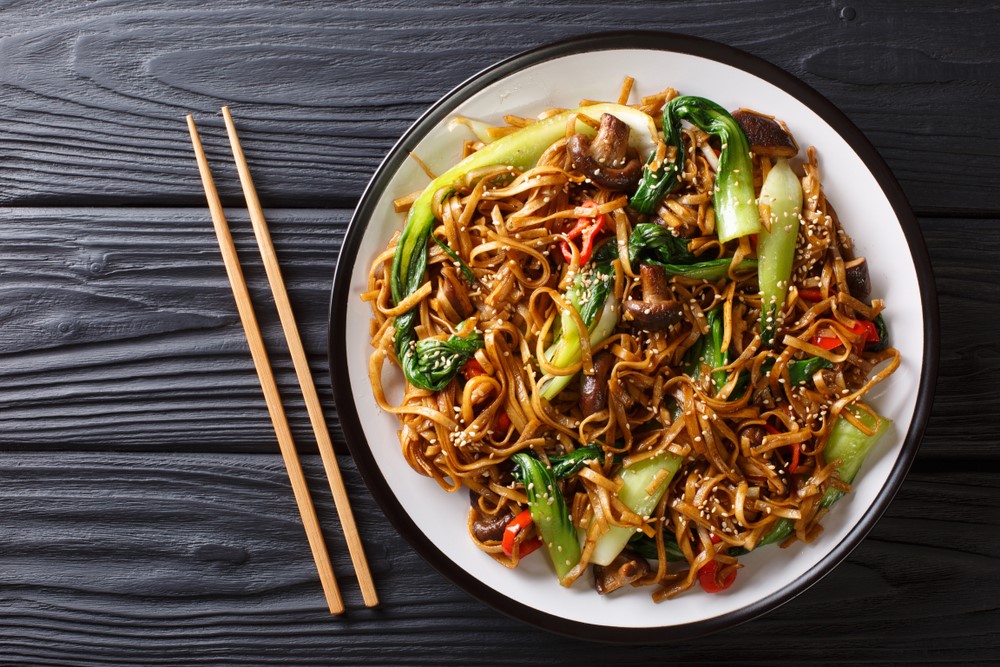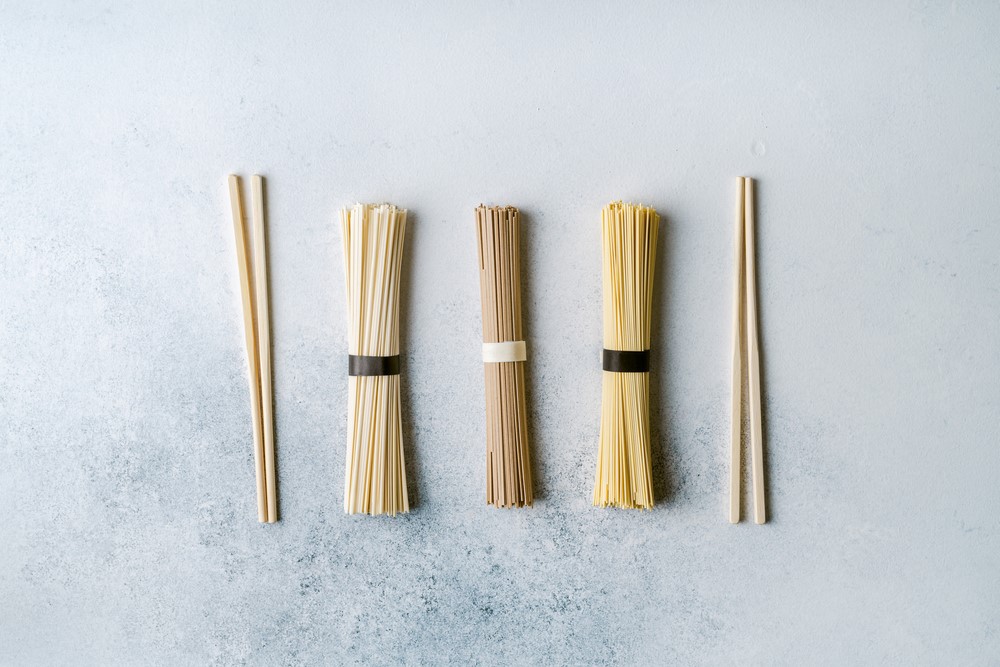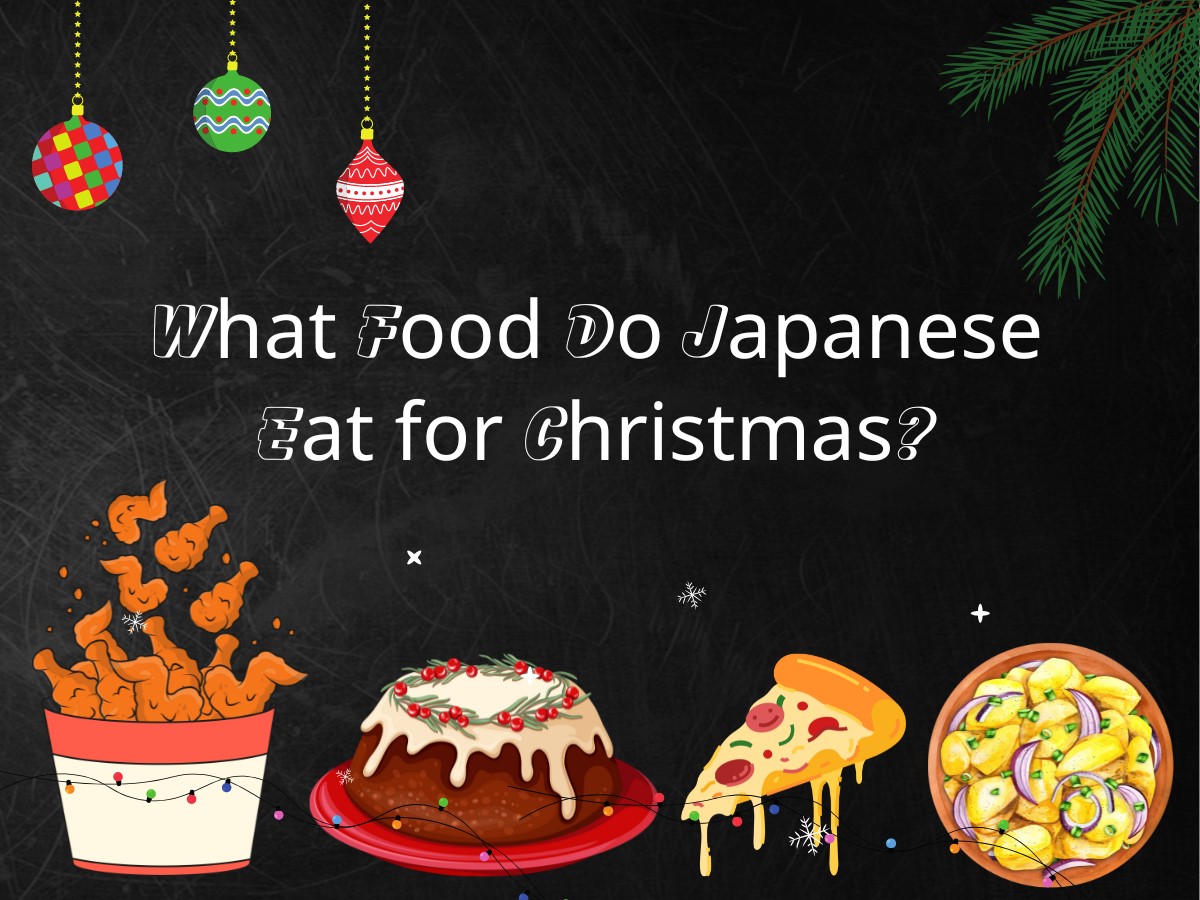With the winter, chill setting in, twinkling lights and festive cheer lits up the streets of Japan. The scrumptious aroma of food sails through the air as families and friends gather to celebrate Christmas. The Japanese have their unique traditions, especially when it comes to Christmas cuisine, and one particular dish has become synonymous with the holiday season – fried chicken. Yes, you read that right!
A bucket of KFC fried chicken has become a must-have for many Japanese households on Christmas day since 1970. The story behind this quirky tradition is both surprising and intriguing described below. So, gird up your loins to delve into the rich tradition of Japanese Christmas foods. Discover the fascinating stories and mouth-watering dishes that make this holiday season unique.
What Food Do Japanese Eat for Christmas?
Unlike many Western countries, Japan celebrates Christmas without festive lights, Christmas trees, and other decorations. Japanese celebrate this holiday in an entirely different way. Instead of having family time like in American and European countries, the Japanese love having a couple-time.
The romantic couples spend the Christmas eves eating famous Kentucky fried chicken, which became a part of Japanese tradition in 1970 after the “Kentucky for Christmas” campaign. In addition to the fried chicken, Japanese love having pizza, stews, potato salads, wagashi, and Christmas cake, of course, for dessert part.
Roasted or Fried Chicken
Well, it’s becoming increasingly popular in Japan to celebrate Christmas with a fried chicken dinner that is more focused on commerce than the sanctity of the holiday. Though, after KFC’s promotional campaign, fried chicken from KFC stores became the trendy Christmas dinner, many people still enjoy teriyaki chicken and karaage- the original Japanese recipes.
The reason why Japan favors chicken over turkey (which is consumed in other countries on holidays) is the shortage of turkey in Japan. That’s why you find roasted or fried chicken selling all over Japan at holy events.
Why is KFC the Traditional Christmas Meal in Japan?
Kentucky fried chicken became the traditional Japanese food on Christmas, probably due to Kentucky for Christmas advertisement. Kentucky for Christmas was the promotional campaign run by the marketing agency of KFC in Japan in 1970. This marketing strategy resulted from an unintentional spike in fried chicken sales on Christmas due to increased purchases made by a guy who didn’t get roasted turkey in bulk for a gathering at his house.
After this promotional campaign, KFC became the first meal choice for the Japanese on the Christmas holidays. In addition to the fried thighs and leg pieces, the KFC bucket for the family includes large chicken pieces, Christmas cake, and wine. Moreover, because of the increased demand and sales, Japanese preorder their meals a week or two ahead instead of waiting in long queues for hours.
Christmas Cake
Along with the fried chicken craze, Christmas cake, which is more akin to strawberry shortcake, is a popular Japanese treat during the holiday season. The cake has tiers of vanilla sponge, each stacked with white icing, and the top is decorated with several berries and strawberries. The red strawberries on top and the white frosting on the cake resemble the flag of Japan, hence loved by all Japanese enthusiasts.
Pizza
During Christmas celebrations in Japan, KFC has traditionally been the popular choice. However, other fast-food outlets also capitalize on the holiday’s increasing popularity. The pizza industry in Japan has been particularly booming in promoting pizza as a viable alternative to traditional Christmas dinners. This achievement is due to the reality that pizza is already associated with party food in Japan, making it a natural choice for festive gatherings.
To this end, popular pizza chains like Pizza Hut, Pizza-La, and Domino’s have introduced Christmas and winter specials featuring toppings that embody the season’s spirit, such as roast chicken, roast beef, camembert cheese, and truffles. One emerging trend is the “Quattro” pizza, which features four flavors and topping combinations on each pizza quarter.
Chanmery
Chanmery- a popular non-alcoholic drink that speaks of champagne and merry Christmas, is the best drink for children at a holiday party. It takes like carbonated grape juice with a twist, also known as sparkling sake. The chanmery bottle cap pops open like a wine cork and features cartoon characters on the label, making it evident that children are welcome to consume this beverage. Now it is widely regarded as a children’s drink for Christmas.
Cream Stew
Cream stew is a hearty, comforting, and warming meal for chilly winter nights and so the best meal to serve on Christmas eve. Made with tender and juicy chicken or pork dipped in a creamy roux and delighted with earthy mushrooms and fresh vegetables, the cream stew is sure to make you feel satiated and cheerful; since tasty meal, happy you.
Potato Salad
Another Japanese staple on Christmas is a potato salad, usually served as a side dish. German cuisine incorporated this comforting side into the traditional Japanese meals for Christmas that make you feel fuller and satiated.
Wagashi
Wagashi is a traditional Japanese confection often served with green tea. Wagashi replaces the shortbread cookies on Christmas get-togethers and parties adorned beautifully with best-suited colors and symbols to harmonize the sanctity and spirituality of the occasion. You can find wagashi in the reindeer, the Christmas tree, Santa, socks, shoes, snowflakes, gingerbread, bulbs, gift packages, earmuff, wreaths, and star shapes.
Also Read: Learn How to Cook Japanese Food: Expert Techniques, Knife Skills, and Balancing Flavors
Wrapping Up
In conclusion, the Japanese holiday season is a lovely fusion of culinary customs and contemporaneity. Whether you’re craving savory stews or sweet cakes, crispy fried chicken, or melt-in-the-mouth wagyu beef, you’ll find something to satisfy your taste buds.
Japanese Christmas food stands out not only because of the flavors but also because of the relatable stories and ceremonial significance that go along with it. No matter wherever you are, don’t forget to lift a glass of hot sake or sparkling cider and say, “Kanpai!” (Cheers!) to the joy of togetherness and delicious Christmas food.









